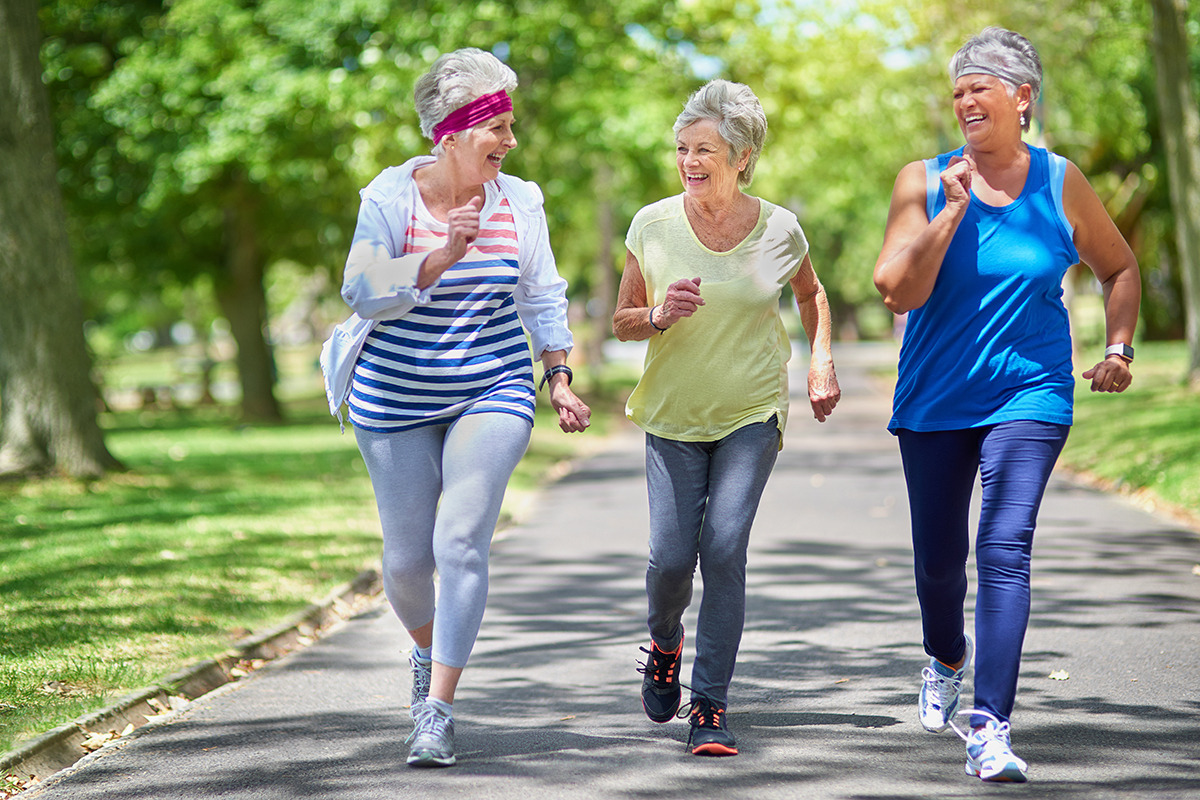The phrase ‘healthy body, healthy mind’ might be a cliché, but there’s a lot of truth to it. As we age, maintaining physical fitness becomes increasingly important. But did you know that the way you exercise can also have significant social benefits? Group fitness classes can provide a unique combination of physical and social advantages that are particularly valuable for seniors. Let’s dive into the world of group fitness and explore why it’s worth considering.
The Power of Group Fitness
Group fitness classes, whether they’re yoga, aqua aerobics, or dance-based classes, offer an opportunity for seniors to get active in an encouraging, communal atmosphere. Here’s why these classes are worth your attention:
1. Social Interaction
Group fitness classes provide an opportunity for regular social interaction, fostering a sense of community and camaraderie. Regular socialization can reduce feelings of loneliness and improve overall mental well-being.
2. Motivation and Encouragement
The group setting can encourage members to push their boundaries and reach their fitness goals. Seeing others’ progress can inspire and motivate you to improve.
3. Structured Guidance
Group classes are led by experienced instructors, ensuring each participant exercises safely and effectively. The structure also helps you to maintain a regular exercise routine.
The Social Benefits of Group Fitness for Seniors
Participating in group fitness classes can lead to several social benefits for seniors:
1. Reduced Loneliness
Regular social interaction helps to combat feelings of loneliness, a common issue among seniors. Classes often become social events, where friendships are made and nurtured.
2. Increased Confidence
Achieving fitness goals in a group setting can boost confidence and self-esteem. The supportive atmosphere of group classes can also encourage seniors to try new activities, leading to a more active and fulfilling lifestyle.
3. Community Support
Being part of a fitness community provides a sense of belonging. This supportive network can be especially important during challenging times, like recovering from an illness or coping with loss.
4. Cognitive Health
Social interaction, combined with the physical exercise of a fitness class, can help maintain cognitive health. Regularly learning new exercises and routines keeps the brain active and engaged.
5. Fun and Enjoyment
Last but certainly not least, group fitness classes are fun! The combination of music, movement, and friendly faces can make these classes the highlight of your week.
Getting Started with Group Fitness
If you’re interested in joining a group fitness class, here are a few steps to get started:
- Find the Right Class: Look for classes that are specifically designed for seniors. These classes will take into account the unique needs and capabilities of older adults.
- Try a Few Options: Don’t be afraid to try out a few different types of classes. You might find you enjoy a dance-based class over a strength-based one, or vice versa.
- Invite a Friend: If you’re feeling nervous about attending a class alone, invite a friend to join you. It can be a great shared activity.
Conclusion
Group fitness classes offer a plethora of benefits for seniors, from improved physical health to increased social interaction and community support. These classes can add a fun, social element to your exercise routine, making it something you look forward to rather than a chore. As always, it’s important to consult with your healthcare provider before starting a new fitness routine.
FAQs
1. Are group fitness classes safe for all seniors?
Most classes designed for seniors take into account different fitness levels and abilities. However, it’s always recommended to consult with a healthcare provider before starting a new exercise regimen. It’s also important to communicate any health concerns with the class instructor.
2. How often should I attend a group fitness class?
The frequency of attendance can depend on your personal fitness goals, physical health, and schedule. For general health benefits, aim for at least 150 minutes of moderate aerobic activity every week, which could be broken down into several classes.
3. I have never exercised before. Can I still join a group fitness class?
Absolutely! Group fitness classes are often designed to accommodate various fitness levels. Start with beginner classes and gradually increase your intensity as your fitness improves.
4. What should I bring to a group fitness class?
Typically, you will need comfortable workout clothes, supportive shoes, a water bottle, and a towel. Some classes may require specific equipment, like a yoga mat, but this information will typically be provided before the class.
5. What if I can’t keep up with the class?
It’s okay to take breaks or modify exercises to suit your fitness level. The aim of these classes is not competition but improved health and enjoyment. Over time, you’ll likely find your fitness and ability to keep up with the class improve.
Remember, the journey to fitness is a marathon, not a sprint. Group fitness classes are not just about getting fit; they’re about having fun, making friends, and improving your overall quality of life. Whether it’s through a local community center, a gym, or even a service like LifeChoice at-home hospice, group fitness classes can add a wonderful social dimension to your fitness journey.









